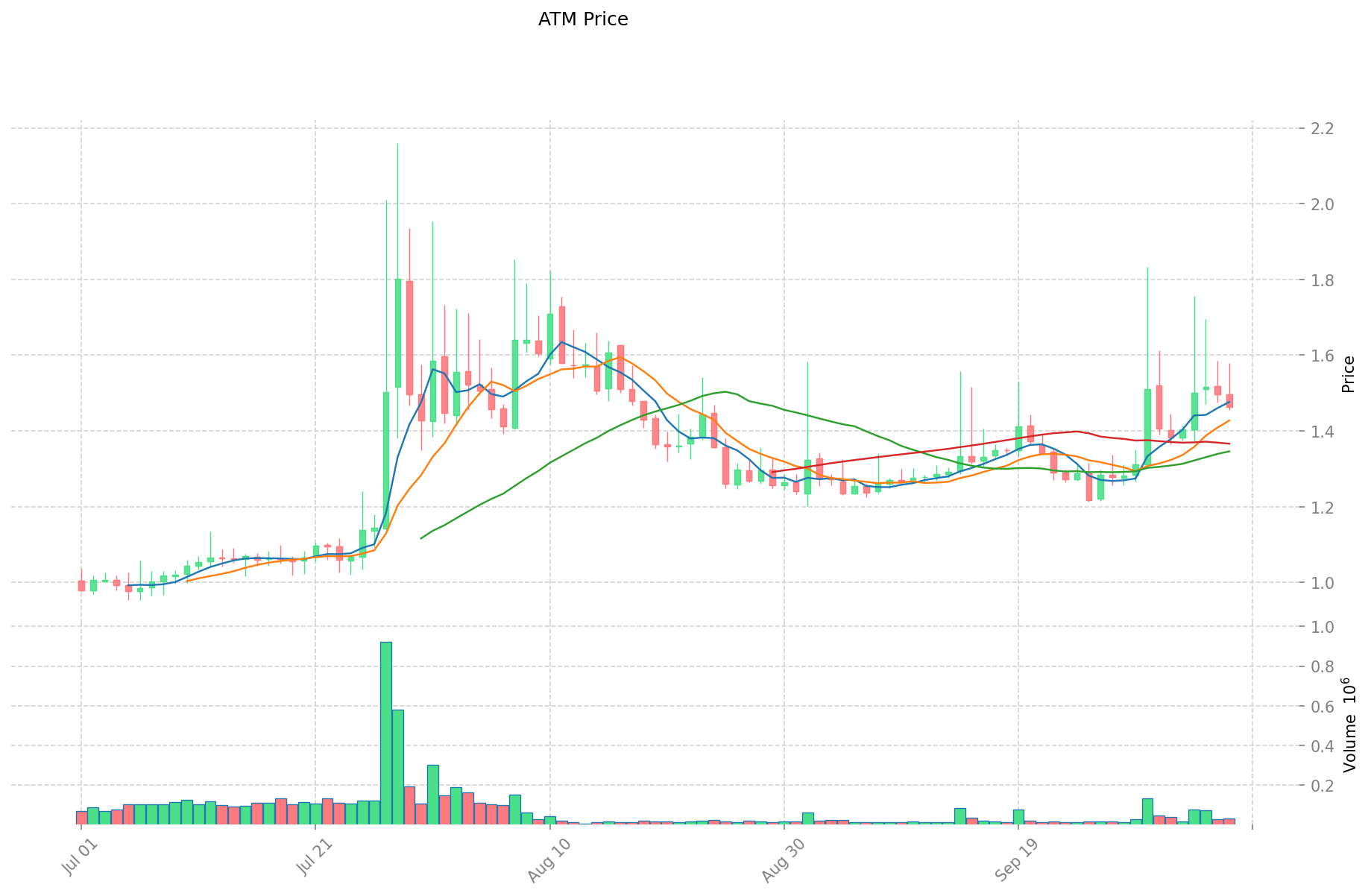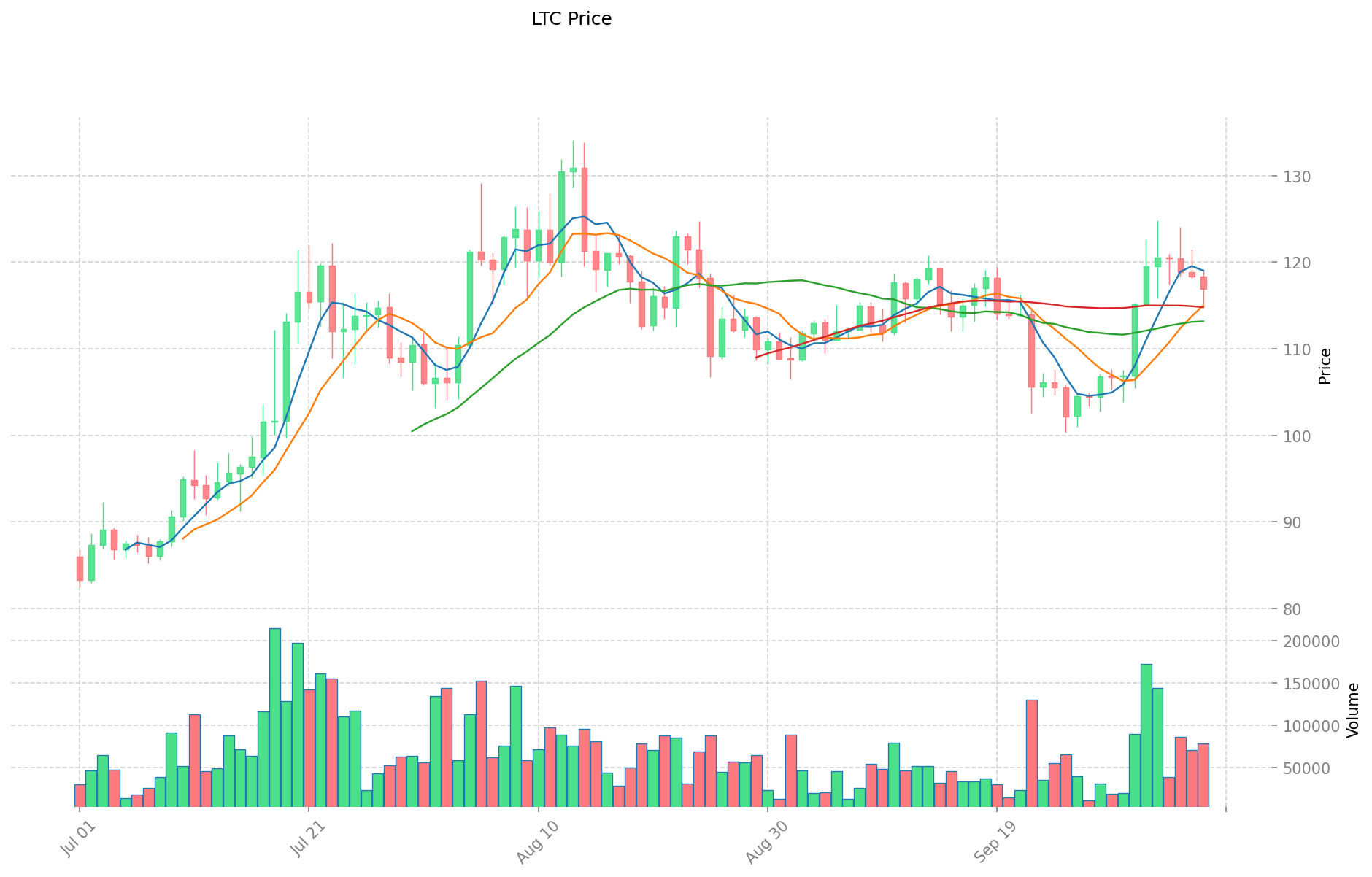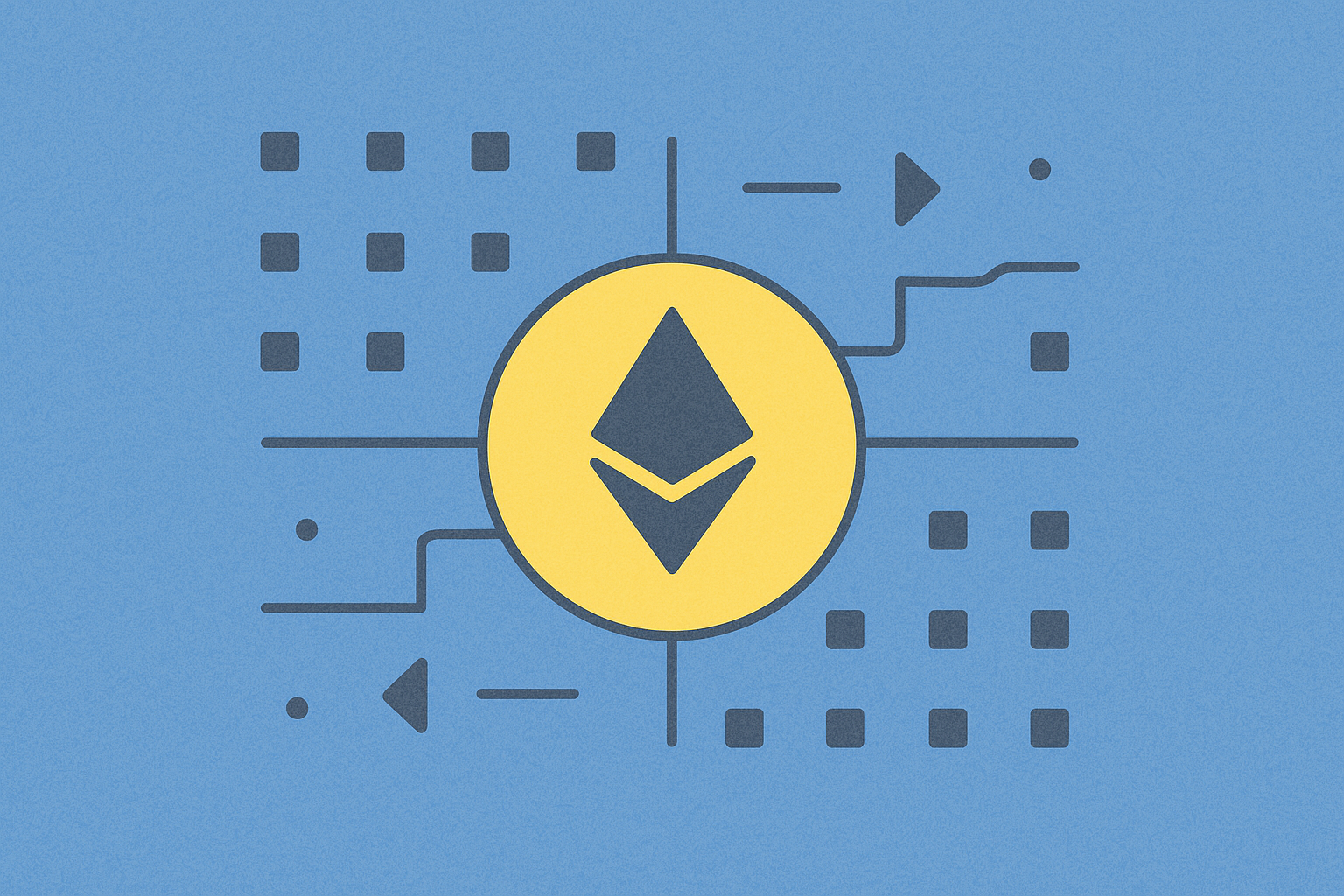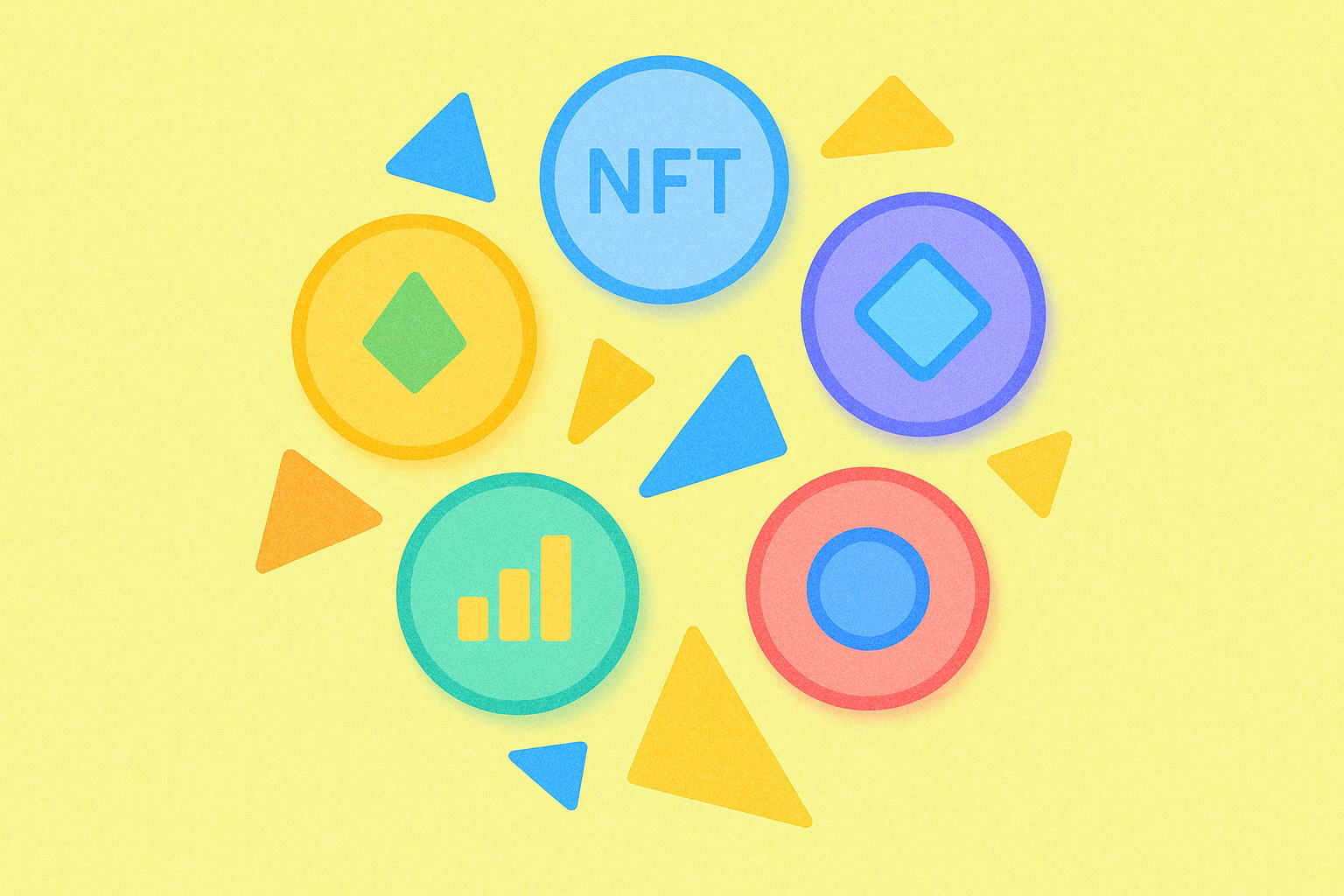ATM ve LTC: Modern finansal ekosistemlerde Otomatik Vezne Makineleri ile Litecoin’in karşılaştırmalı analizi

Giriş: ATM ve LTC Yatırım Karşılaştırması
Kripto para piyasasında Atletico Madrid Fan Token (ATM) ile Litecoin (LTC) arasındaki karşılaştırma, yatırımcıların gündeminden hiç düşmeyen bir konudur. Bu iki varlık; piyasa değeri sıralaması, kullanım alanları ve fiyat performansı bakımından belirgin ayrışırken, kripto varlık ekosisteminde farklı konumlara sahiptir. Atletico Madrid Fan Token (ATM): 2020’de piyasaya sürülmesinden itibaren, taraftar etkileşimi ve kulüp yönetimi alanındaki rolüyle piyasanın beğenisini kazanmıştır. Litecoin (LTC): 2011’de tanıtılan LTC, "Bitcoin’in altınına karşı gümüş" olarak anılır ve küresel çapta en fazla işlem gören, en yüksek piyasa değerine sahip kripto paralardan biri olmuştur. Bu makalede ATM ve LTC’nin yatırım değerleri; geçmiş fiyat hareketleri, arz mekanizmaları, kurumsal benimsenme, teknolojik ekosistem ve gelecek tahminleri gibi başlıklar altında kapsamlı şekilde karşılaştırılacak, yatırımcıların en çok merak ettiği şu soruya yanıt aranacaktır:
"Şu anda hangisi daha avantajlı?"
I. Fiyat Geçmişi Karşılaştırması ve Mevcut Piyasa Durumu
ATM ve LTC Tarihsel Fiyat Eğilimleri
- 2021: ATM, 16 Mayıs 2021’de tüm zamanların zirvesi olan $58,46 seviyesine ulaştı.
- 2021: LTC, 10 Mayıs 2021’de tüm zamanların en yüksek fiyatı olan $410,26’ya çıktı.
- Karşılaştırmalı Analiz: 2021 boğa sezonunda ATM $58,46 ile zirveye çıkıp $0,935011 ile dip seviyeye gerilerken, LTC $410,26’ya ulaşmış ve sonrasında sert bir düzeltme yaşamıştır.
Mevcut Piyasa Durumu (08 Ekim 2025)
- ATM güncel fiyatı: $1,4635
- LTC güncel fiyatı: $117,55
- 24 saatlik işlem hacmi: ATM $49.757,82 | LTC $9.203.928,76
- Piyasa Duyarlılık Endeksi (Korku ve Açgözlülük Endeksi): 60 (Açgözlülük)
Canlı fiyatları görüntülemek için tıklayın:
- ATM güncel fiyatı Piyasa Fiyatı
- LTC güncel fiyatı Piyasa Fiyatı


II. LTC Yatırım Değerini Etkileyen Ana Faktörler
Arz Mekanizması (Tokenomik)
- LTC: 84 milyon coin ile sınırlı arz, Bitcoin’e benzer deflasyonist model
- 📌 Tarihsel örnek: Sınırlı arz, özellikle talep arttığında kıtlık değerini güçlendirir
Kurumsal Benimsenme ve Piyasa Kullanımları
- Kurumsal varlık: LTC; Robinhood, PayPal gibi büyük platformlarda yaygın şekilde kabul görmektedir
- Kurumsal kullanım: LTC, ödemeler ve işlemler için Bitcoin’e alternatif olup, hızlı transfer ve düşük ücret avantajı sağlar
- Düzenleyici ortam: Mayıs 2017’de ilk LTC ATM’sinin kurulması, bazı ülkelerde düzenleyici kabulün göstergesidir
Teknik Gelişim ve Ekosistem
- LTC’nin teknik avantajları: Bitcoin’e göre daha hızlı işlem ve benzer proof-of-work algoritması
- Cüzdan altyapısı: Ledger, Trezor gibi donanım cüzdanları ve Electrum-LTC gibi özel yazılım cüzdanları desteği
- Madencilik ekosistemi: Litecoinpool.org gibi köklü madencilik havuzları ve düşük giriş limiti (minimum çekim 0,01 LTC)
Makroekonomik Faktörler ve Piyasa Döngüleri
- Fiyat performansı: Mayıs 2021’de yaklaşık $410 zirve, Aralık 2022’de $22 dip seviyeleri
- Piyasa konumu: LTC/BTC oranı genellikle 0,003 ile 0,02 BTC arasında dalgalanır, bu oran piyasa duyarlılığının önemli göstergesidir
- Yatırımcı algısı: Bitcoin’e benzer değer saklama aracı olarak görülse de, bireysel yatırımcılar için daha ulaşılabilir fiyatlandırmaya sahiptir
III. 2025-2030 Fiyat Tahmini: ATM vs LTC
Kısa Vadeli Tahmin (2025)
- ATM: Temkinli $1,40 - $1,46 | İyimser $1,46 - $1,75
- LTC: Temkinli $66,80 - $117,19 | İyimser $117,19 - $128,91
Orta Vadeli Tahmin (2027)
- ATM, büyüme evresine girebilir ve fiyat aralığı $0,95 - $2,39 olabilir
- LTC, konsolidasyon evresine girebilir ve fiyat aralığı $103,28 - $168,99 olarak öngörülmektedir
- Temel etkenler: Kurumsal girişler, ETF gelişmeleri, ekosistem büyümesi
Uzun Vadeli Tahmin (2030)
- ATM: Temel senaryo $2,59 - $2,78 | İyimser senaryo $2,78 - $2,95
- LTC: Temel senaryo $137,85 - $194,15 | İyimser senaryo $194,15 - $234,92
Feragatname
ATM:
| Yıl | Tahmini En Yüksek Fiyat | Tahmini Ortalama Fiyat | Tahmini En Düşük Fiyat | Fiyat Değişimi (%) |
|---|---|---|---|---|
| 2025 | 1,74984 | 1,4582 | 1,399872 | 0 |
| 2026 | 1,9889848 | 1,60402 | 1,1548944 | 9 |
| 2027 | 2,389348192 | 1,7965024 | 0,952146272 | 22 |
| 2028 | 2,42779334336 | 2,092925296 | 1,10925040688 | 43 |
| 2029 | 3,3001246067328 | 2,26035931968 | 1,1527832530368 | 54 |
| 2030 | 2,947056480998784 | 2,7802419632064 | 2,585625025781952 | 89 |
LTC:
| Yıl | Tahmini En Yüksek Fiyat | Tahmini Ortalama Fiyat | Tahmini En Düşük Fiyat | Fiyat Değişimi (%) |
|---|---|---|---|---|
| 2025 | 128,909 | 117,19 | 66,7983 | 0 |
| 2026 | 145,19841 | 123,0495 | 115,66653 | 4 |
| 2027 | 168,9961833 | 134,123955 | 103,27544535 | 14 |
| 2028 | 166,716076065 | 151,56006915 | 89,4204407985 | 28 |
| 2029 | 229,1588245548 | 159,1380726075 | 98,66560501665 | 35 |
| 2030 | 234,9196227831915 | 194,14844858115 | 137,8453984926165 | 65 |
IV. Yatırım Stratejisi Karşılaştırması: ATM ve LTC
Uzun Vadeli ve Kısa Vadeli Yatırım Stratejileri
- ATM: Taraftar etkileşimi ve spor temalı blockchain uygulamalarına odaklanan yatırımcılar için uygundur
- LTC: Yerleşik ağ ve ödeme çözümü ile değer saklama potansiyeli arayan yatırımcılar için uygundur
Risk Yönetimi ve Varlık Dağılımı
- Temkinli yatırımcılar: ATM %10 | LTC %90
- Agresif yatırımcılar: ATM %30 | LTC %70
- Riskten korunma araçları: Stablecoin tahsisi, opsiyonlar, çapraz döviz portföyleri
V. Potansiyel Risk Karşılaştırması
Piyasa Riskleri
- ATM: Düşük piyasa değeri ve niş odak nedeniyle yüksek volatilite
- LTC: Kripto para piyasasının genel trendleri ve Bitcoin fiyat hareketlerinden etkilenebilir
Teknik Riskler
- ATM: Ölçeklenebilirlik, ağ istikrarı
- LTC: Madencilik konsantrasyonu, olası güvenlik açıkları
Düzenleyici Riskler
- Küresel düzenleyici politikalar, her iki varlığı farklı şekilde etkileyebilir; LTC ödeme odaklı bir kripto para olduğu için daha fazla düzenleyici incelemeye tabi olabilir
VI. Sonuç: Hangisi Daha Avantajlı?
📌 Yatırım Değeri Özeti:
- ATM avantajları: Taraftar etkileşimi alanında özel konum, spor tabanlı blockchain uygulamalarında büyüme potansiyeli
- LTC avantajları: Köklü geçmiş, yaygın kullanım, Bitcoin’e göre daha hızlı işlem süresi
✅ Yatırım Tavsiyesi:
- Yeni başlayan yatırımcılar: Çeşitlendirilmiş portföyde LTC’ye küçük bir pay ayırmayı değerlendirebilir
- Tecrübeli yatırımcılar: LTC’ye daha fazla ağırlık ve spor endüstrisi trendlerine göre ATM’de stratejik konumlandırma
- Kurumsal yatırımcılar: Likidite ve piyasa hakimiyeti nedeniyle LTC’ye odaklanmalı; ATM’de ise fan token sektöründe büyüme fırsatlarını takip etmeli
⚠️ Risk Uyarısı: Kripto para piyasası yüksek oynaklık içerir; bu makale yatırım tavsiyesi değildir. None
VII. Sıkça Sorulan Sorular
S1: ATM ile LTC arasındaki temel farklar nelerdir? C: ATM, spor etkileşimi odaklı bir fan token iken; LTC, "dijital gümüş" olarak anılan köklü bir kripto paradır. ATM daha küçük piyasa değerine ve niş bir konuma sahipken, LTC daha yaygın kullanılır ve Bitcoin’e göre daha hızlı işlem sağlar.
S2: Hangi kripto para tarihsel olarak daha iyi fiyat performansı sergiledi? C: LTC, geçmiş fiyat performansında daha üstün olmuştur. Mayıs 2021’de $410,26 ile rekor seviyeye çıkarken, ATM aynı ayda $58,46 ile zirveye ulaşmıştır.
S3: ATM ve LTC’nin arz mekanizmaları nasıl farklılık gösterir? C: LTC, 84 milyon coin ile sınırlı ve Bitcoin’e benzer deflasyonist modele sahiptir. ATM’nin arz mekanizması bu içerikte belirtilmemiştir.
S4: LTC’nin yatırım değerini etkileyen ana faktörler nelerdir? C: Sınırlı arz, kurumsal benimsenme, Bitcoin’e göre daha hızlı işlem, yerleşik madencilik altyapısı ve değer saklama algısı öne çıkar.
S5: 2030 yılı için ATM ve LTC’de öngörülen fiyat aralıkları nedir? C: ATM için temel senaryo $2,59 - $2,78, iyimser senaryo $2,78 - $2,95; LTC için temel senaryo $137,85 - $194,15, iyimser senaryo $194,15 - $234,92’dir.
S6: Yatırımcılar portföylerini ATM ve LTC arasında nasıl paylaştırmalı? C: Temkinli yatırımcılar ATM için %10, LTC için %90 oranı düşünebilir; agresif yatırımcılar ise ATM’de %30, LTC’de %70 oranını seçebilir. Ancak her yatırımcının dağılımı, kendi risk iştahı ve hedeflerine göre şekillenmelidir.
S7: ATM ve LTC’ye yatırımda başlıca riskler nelerdir? C: ATM, düşük piyasa değeri ve niş odağı nedeniyle yüksek volatilite riski taşırken; LTC, genel kripto para piyasası dalgalanmalarından etkilenir. Her ikisi de düzenleyici risklerle karşı karşıya olup, LTC ödeme odaklı olması nedeniyle daha fazla düzenleyici incelemeye tabi olabilir.

Monero (XMR): Finansal Gözetim Çağında Gizlilik

NKN (NKN) fiyatı yükseliyor: 2025 çılgınlığının arkasındaki itici güç nedir?

Aergo Fiyat Analizi: 90 Günde %112'lik Artış - 2025'te Sırada Ne Var?

Kanada Bitcoin Fiyatı: 2025 Pazar Analizi ve Yatırım Görünümü

Flare (FLR) Fiyat Analizi: %6.73 Artış ve 2025 Fiyat Evrimi Tahmini

Gate Launchpad Ika (IKA) ile Tanışıyor: Sui Üzerinde Gizlilik Hesaplamanın Geleceği

Ethereum Gas Ücretlerini Anlamak: Tam Kapsamlı Rehber

Ethereum’da NFT İşlem Maliyetlerini Azaltın

Kripto para ticaretinde "take profit" ifadesi neyi ifade eder?

NFT Alanında En Çok Takdir Edilen Sanatçılar

NFT Nadirliği Hakkında Bilgi: Nadirlik Skorları Nasıl Hesaplanır





